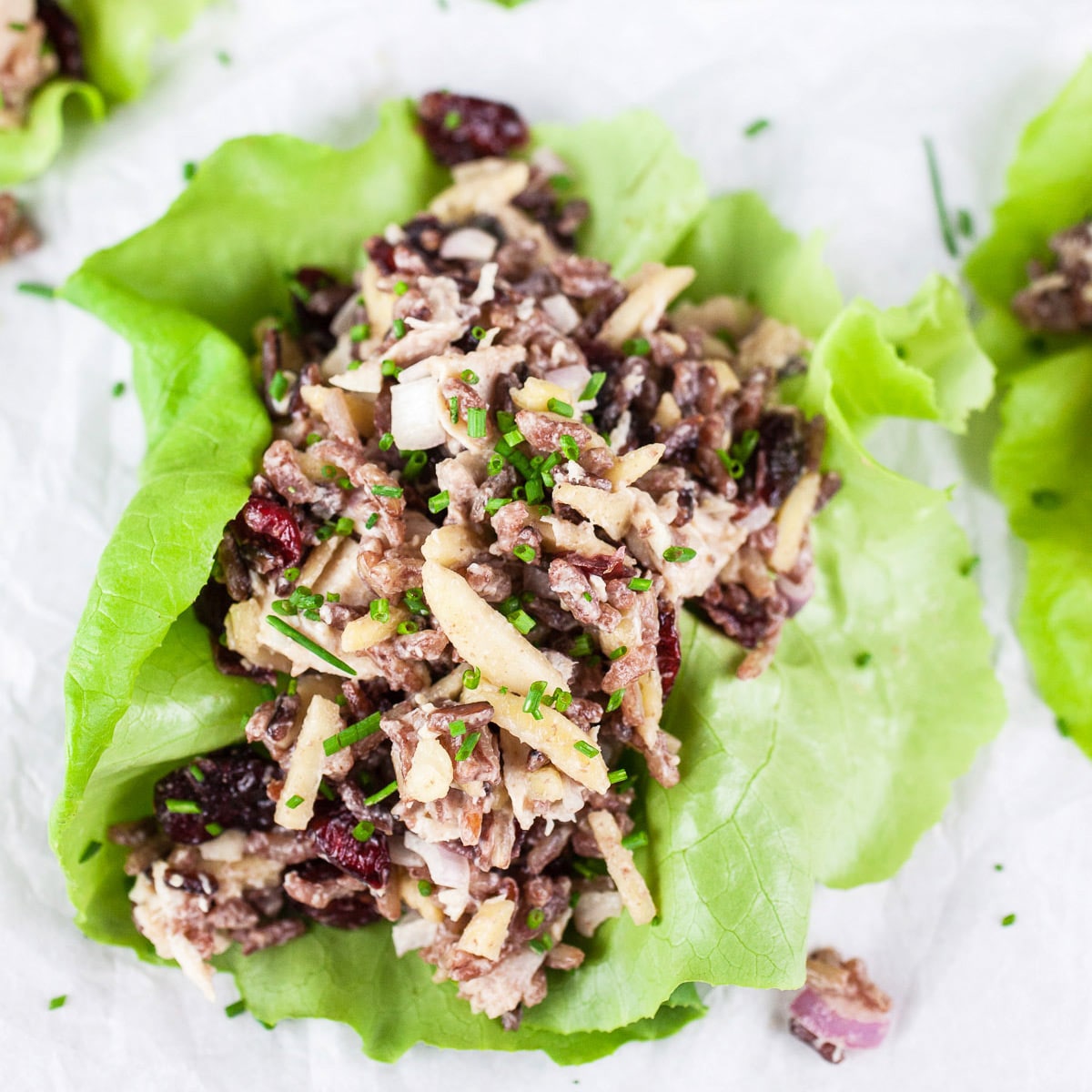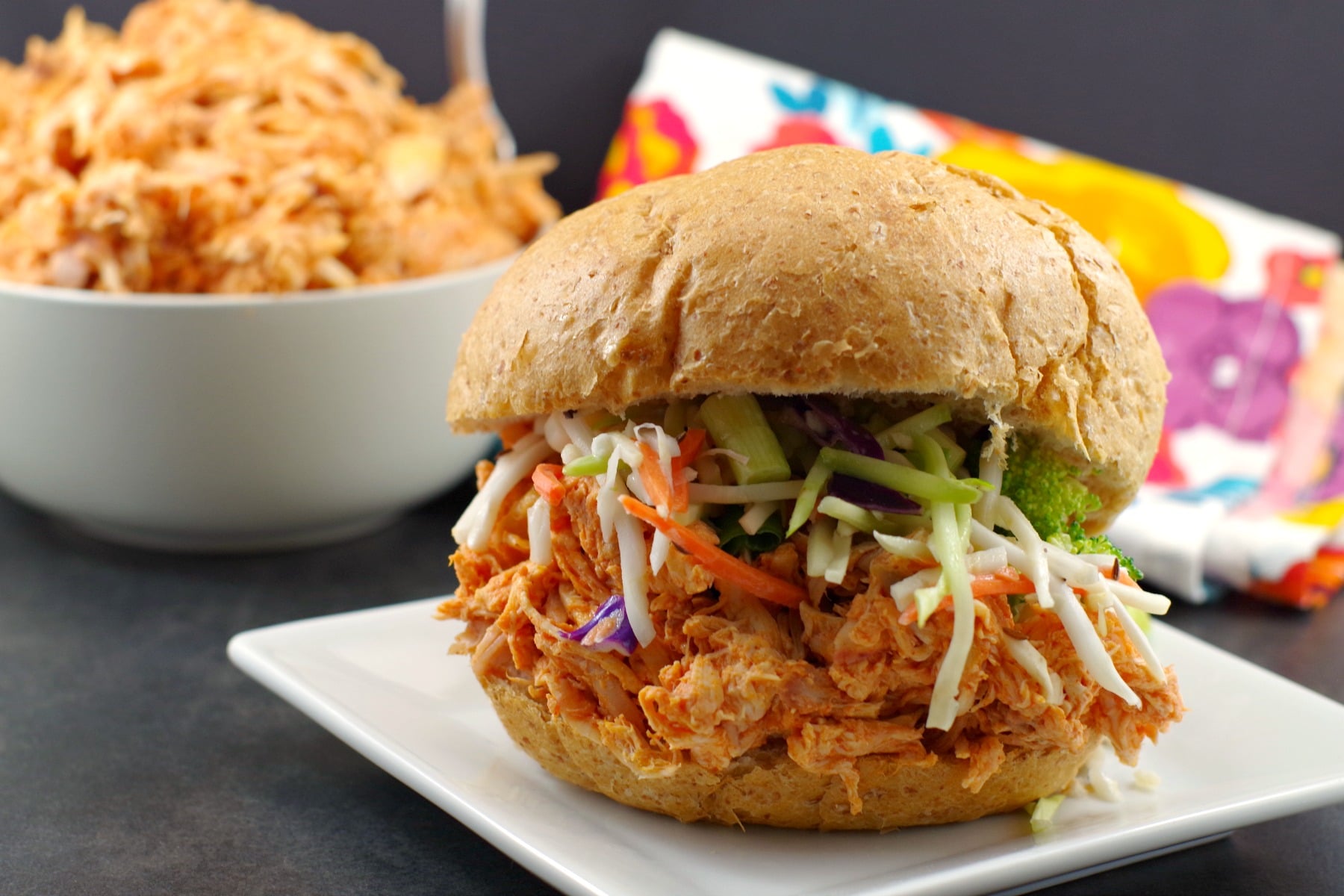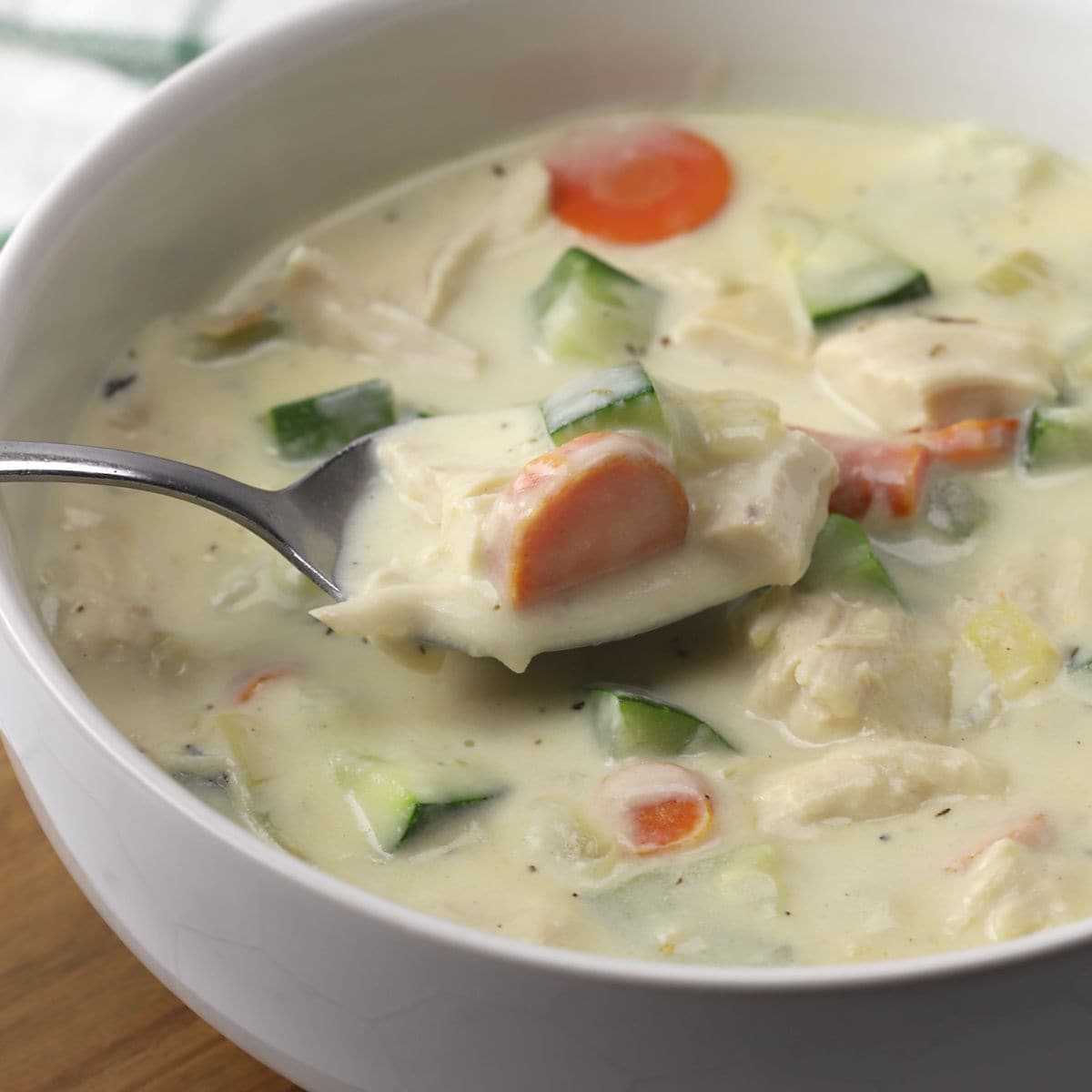You may have asked yourself, "Can You Freeze Rotisserie Chicken?" Freezing rotisserie chicken is a convenient and practical way to extend its shelf life and have a ready-to-use protein source for future meals.

Can you freeze rotisserie chicken? Yes, you can freeze rotisserie chicken to extend its shelf life and have a convenient protein source for future meals. Whether you have store bought or homemade rotisserie chicken, freezing it properly can help maintain its flavor and texture.
How To Freeze A Whole Rotisserie Chicken
Freezing a whole rotisserie chicken is similar to freezing cooked chicken, but there are a few additional steps to ensure the chicken stays fresh and maintains its quality. Here's how to freeze a whole rotisserie chicken properly:
- Allow the chicken to cool: After purchasing or cooking the rotisserie chicken, allow it to cool down to room temperature. This helps to avoid condensation inside the packaging, which can lead to freezer burn.
- Wrap it properly: Wrap the whole rotisserie chicken tightly in plastic wrap or aluminum foil. You can also use airtight freezer safe containers or heavy duty freezer bags to prevent freezer burn and maintain the quality of the chicken.
- Double wrap (optional): To provide extra protection against freezer burn, consider double wrapping the chicken. Place the wrapped chicken in a second layer of plastic wrap or foil, or use a second freezer bag.
- Label and date: Write the date of freezing on the packaging so that you can keep track of how long it has been in the freezer. For best quality, use the frozen rotisserie chicken within 3 to 4 months.
- Freeze promptly: Place the wrapped whole rotisserie chicken in the coldest part of your freezer and freeze it as quickly as possible after it has cooled down.
How To Freeze Leftover Rotisserie Chicken
- Allow the chicken to cool: After cooking the chicken, allow it to cool down to room temperature.
- Remove bones and skin (optional): If your cooked chicken has bones and skin, you can remove them before freezing. Deboning and skinning the chicken can save space and make it easier to store. However, it's not necessary; you can freeze chicken with bones and skin if you prefer.
- Divide into portions (optional): If you won't be using the entire batch of cooked chicken at once, consider dividing it into smaller portions before freezing. This way, you can thaw only what you need for a specific meal.
- Wrap it properly: Use airtight freezer safe containers, heavy duty freezer bags, or wrap the chicken tightly in plastic wrap or aluminum foil. Be sure there is minimal air inside the packaging to prevent freezer burn.
- Label and date: Write the date of freezing on the packaging so that you can keep track of how long it has been in the freezer. For best quality, use the frozen cooked chicken within 3 to 4 months.
- Freeze promptly: Place the wrapped cooked chicken in the coldest part of your freezer and freeze it as quickly as possible after it has cooled down.
How To Thaw Rotisserie Chicken
There are three recommended methods for thawing rotisserie chicken:
- Refrigerator Thawing:
- This is the safest and most recommended method for thawing rotisserie chicken.
- Place the wrapped or packaged rotisserie chicken in a shallow dish or on a plate to catch any potential drips.
- Transfer the chicken to the refrigerator and allow it to thaw gradually. The chicken will thaw at a safe temperature, and any bacteria growth will be minimized.
- Depending on the size of the chicken, thawing in the refrigerator may take anywhere from several hours to overnight.
- Once fully thawed, the chicken can be reheated and consumed within 2 to 3 days.
- Cold Water Thawing:
- If you need to thaw the rotisserie chicken quickly, you can use the cold water thawing method.
- Keep the rotisserie chicken in its airtight packaging and submerge it in cold water. Ensure the package is watertight to prevent water from entering and contaminating the chicken.
- Change the cold water every 30 minutes to keep the water temperature low.
- Thawing with this method will take about 1-3 hours, depending on the size of the chicken.
- After thawing, cook the chicken immediately, as it should not be refrozen after using the cold water thawing method.
- Microwave Thawing:
- Use the "defrost" function on your microwave to thaw the rotisserie chicken.
- Follow your microwave's instructions and set the appropriate weight or time for defrosting poultry.
- Be cautious not to cook the chicken in the microwave during the thawing process. Some microwaves have a "defrost" setting that helps prevent this.
- Plan to cook the chicken immediately after thawing since microwave thawing may partially cook some parts of the chicken.
How To Reheat Rotisserie Chicken
To reheat rotisserie chicken safely and maintain its flavor and texture, there are several methods you can use. Here are three commonly used methods to reheat rotisserie chicken:
- Oven Method:
- Preheat the oven to 350 °F.
- Take the rotisserie chicken out of the refrigerator and let it sit at room temperature for about 15-20 minutes to remove some of the chill.
- Place the chicken on a baking sheet or in an oven safe dish.
- Cover the chicken loosely with aluminum foil to prevent it from drying out during reheating.
- Reheat the chicken in the preheated oven for about 15-20 minutes or until it reaches an internal temperature of 165 °F.
- Check the temperature using a meat thermometer to see if it's thoroughly heated.
- Microwave Method:
- Place the rotisserie chicken on a microwave safe plate and cover it with a microwave safe lid or microwave safe plastic wrap. This helps retain moisture during reheating.
- Reheat the chicken in the microwave on medium power or using the "reheat" setting. If your microwave doesn't have a "reheat" setting, use 50% power to prevent overcooking.
- Pause and turn the chicken every couple of minutes for even reheating.
- Use a meat thermometer to check the internal temperature, and make sure it reaches 165 °F.
- Stovetop Method:
- Add a small amount of water, chicken broth, or oil to a pan on the stovetop.
- Heat the liquid over medium-low heat until it starts to simmer.
- Add the rotisserie chicken to the pan and cover it with a lid.
- Allow the chicken to steam for a few minutes until it's heated through.
- Turn the chicken occasionally for even reheating.
- Check the internal temperature with a meat thermometer, making sure it reaches 165 °F before serving.
When purchased from a grocery store or deli, store bought rotisserie chicken is typically good for about 2 to 3 days when stored properly in the refrigerator. If you've cooked the rotisserie chicken at home, it will typically last for about 3 to 4 days when properly stored in the refrigerator. For the best quality and taste, it's recommended to use frozen rotisserie chicken within 3 to 4 months of freezing.
Recipes Using Rotisserie Chicken
Check out these recipes that feature rotisserie chicken as the star ingredient!






















From salads and wraps to soups and casseroles, there are numerous creative recipes that showcase the flavors of rotisserie chicken.










Comments
No Comments